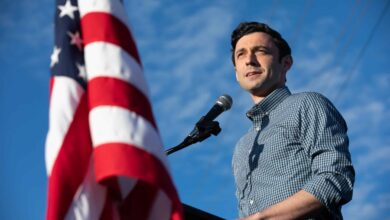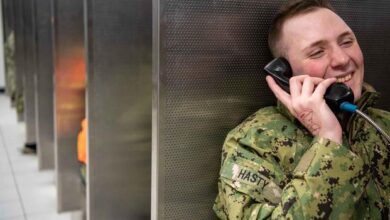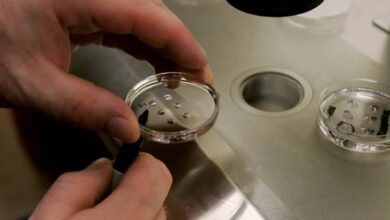Holyoke Sailor Lost at Pearl Harbor, Long Unidentified, Is Returning Home 83 Years Later
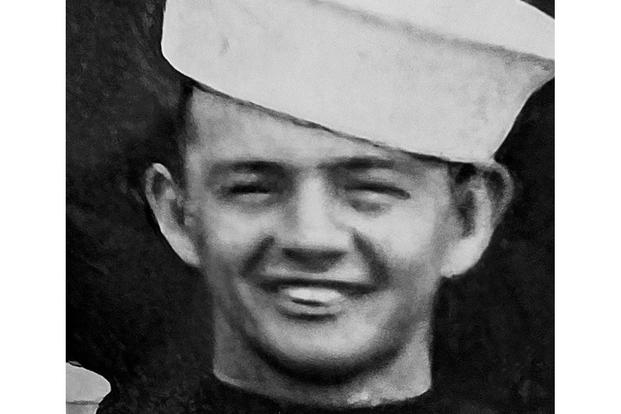
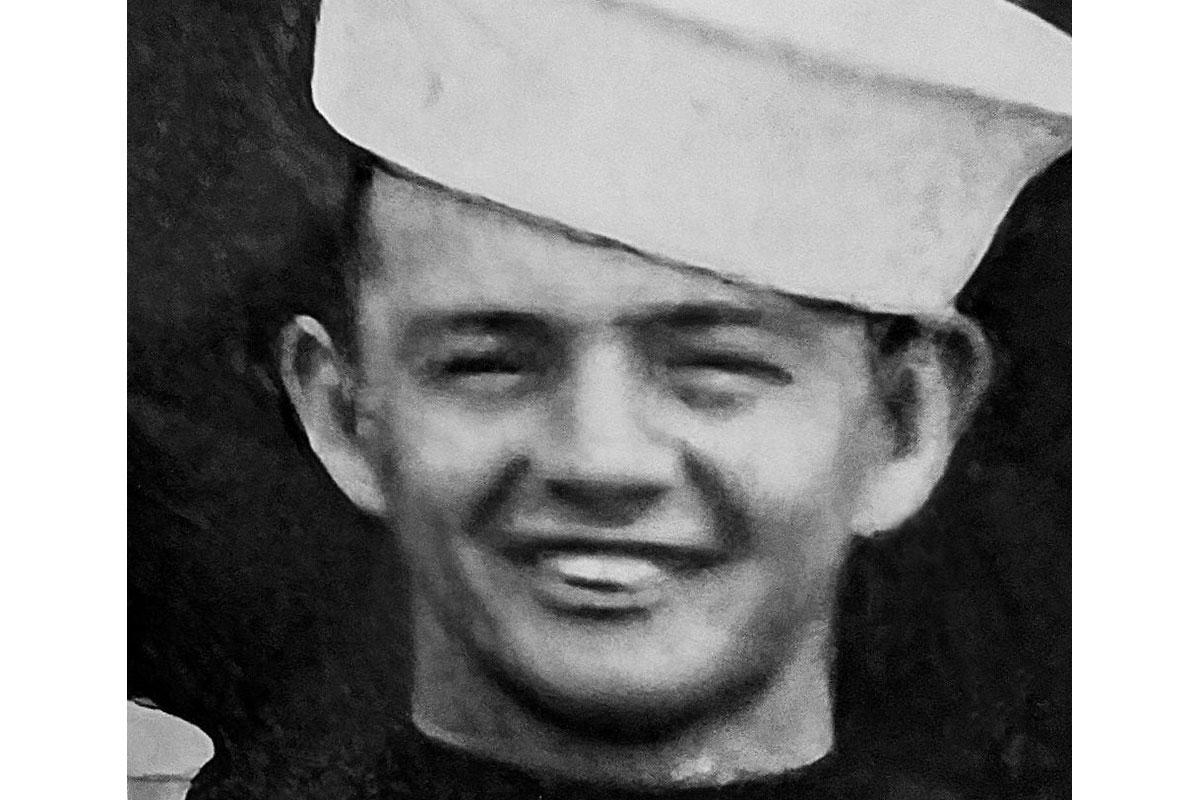
HOLYOKE – A Holyoke sailor, one of 98 men of the battleship USS California killed in the Pearl Harbor attack Dec. 7, 1941, is returning having been identified through modern DNA technology.
Pharmacist’s Mate 2nd Class Merle Hillman was born in Chicopee in 1916, according to Navy records. But he listed Holyoke as his hometown when he enlisted in the Navy in 1937.
As pharmacist ‘s mate, Hillman would have been providing emergency care to his shipmates during the battle.
He was 25 when he died on what President Franklin D. Roosevelt would call the “day that would live in infamy.”
Honored periodically at Holyoke observances of Pearl Harbor Day, Hillman was one of 25 “unknowns” associated with the USS California resting together at the National Memorial Cemetery of the Pacific in Hawaii. They were all disinterred in January and March 2018.
Hillman was identified with the help of DNA in October, a Navy spokesman said Wednesday.
His remains will be reburied at 11 a.m., Jan. 27, in St. Jerome Cemetery, Holyoke, with full military honors.
“Finally coming home,” said Holyoke Mayor Joshua A. Garcia.
Garcia was instrumental in helping Pearl Harbor survivor Harry L. Chandler finally receive his high school diploma. Garcia said he plans to attend the Jan. 27 service and has asked city firefighters and police to be present.
He called it an honor and a privilege.
“It’s very important to me. It’s very important to a lot of people,” he said.
Garcia expressed surprise that the military would, after 83 years, make sure to identify Hillman.
Remains are identified using a combination of techniques, according to Laurel Freas, a forensic anthropologist and project lead with the Pearl Harbor Ships Project.
Techniques include forensic anthropology, dental analysis, personal effects and DNA analyses of bone samples, the Navy said. DNA is compared to the service members’ medical records and DNA reference samples from USS California families.
The identification work is conducted by scientists with Defense POW/MIA Accounting Agency labs in Joint Base Pearl Harbor-Hickam, in Hawaii, and at Offutt Air Force Base, in Omaha, Nebraska.
Those teams develop and recommend cases for final identification, Freas said in a release.
There were 104 casualties on the USS California. At the start of the identification project, 20 unresolved casualties remained from the ship. Twenty-five “unknowns” were buried at the National Memorial Cemetery of the Pacific. Disinterments for the sake of the identification project were completed in March 2018.
As of this month, there have been five identifications from the USS California.
Hillman’s ship, the California, was on Battleship Row that Sunday.
The ship had two five-inch guns and two .50-caliber machine guns designated as ready guns, with 50 five-inch shells and 400 .50-caliber rounds ready on the day of the surprise Japanese attack. The gun crews engaged the enemy, but quickly expended their ammunition, the Navy said.
While sailors worked to bring ammunition up from magazines below decks, the ship was damaged by a pair of torpedoes and a bomb.
The Navy had prepared the USS California for an inspection that morning and its watertight doors were open.
The doors were being closed when torpedoes struck and flooding began. Many of the portholes and exterior doors were also open, allowing more water to enter the ship.
California began to list to the left. Torpedo blasts had ruptured the ship’s forward fuel tanks, allowing water to enter the fuel system. The contamination shut down the ship’s electrical system, hindering the efforts of damage-control teams.
Between 8:15 and 9:15 a.m., Japanese dive-bombers repeatedly attacked the USS California, causing further damage. One bomb penetrated the upper deck, ricocheted off the second and detonated in the ship’s interior, where it caused extensive damage, started a serious fire, and killed around 50 men.
Fire disabled the pumps.
The California, flagship of the Battle Force, filled with water over the following three days and eventually sank. There were 104 men killed and 61 wounded. Four California sailors were posthumously awarded the Medal of Honor for displays of heroism during the attack.
Crews were able to refloat the California in March 1942. Repair and modernization work lasted until January 1944, more than two years after she was sunk.
The California went on to serve throughout the rest of World War II in the Central Pacific campaigns, Philippines campaign, Battle of Leyte Gulf and the Battle of Lingayen Gulf.
©2024 Advance Local Media LLC. Visit masslive.com. Distributed by Tribune Content Agency, LLC.
© Copyright 2024 MassLive.com. All rights reserved. This material may not be published, broadcast, rewritten or redistributed.

